The towns around lake Vättern tend to be quite small and cozy. Motala is no exception and the city offers a relaxed atmosphere for most of its visitors. With around 30.000 inhabitants it is the third largest town in the province of Östergötland and the second largest locality along the shores of Lake Vättern. Jönköping is the biggest town along the shores of Lake Vättern.
The history that is present in Motala is one that bears witness to a time created and characterized by industrialization. The town is the main town along Göta Kanal, the canal connecting the Swedish coasts from east to west.
We visited the town in August and it was a stop on a road trip filled with delicacies and historical sights. The town surprised us with its coziness. Read about the road trip here >>



A Short History of Motala
From the 13th to the 18th century the area around Motala evolved into a meeting point in central Sweden. The town was well placed along the shores of lake Vättern and the stream of Motala Ström.
The town grew fast when Balzar von Platen initiated the construction of Göta Kanal. He decided that Motala was to become the main city in the area due to its location on the shores of Vättern. Balzar von Platen also participated in designing the layout of the town. von Platen died in 1829 and he is buried next to the canal in Motala. He died only three years before his masterpiece opened in 1832.
Engineering is and has been important for the town. One funny fact is that in the novel 20,000 Leagues Under the Sea by Jules Verne, the prow of the submarine Nautilus was built at Motala Verkstad. Motala Verkstad is one of the oldest engineering companies in Sweden.
The industrialization in Motala started in the 1920s. It was a time when several factories were opened, for example, one factory for home appliance manufacturer Electrolux.



Three Things to Do In Motala
Göta Kanal and Motala Ström
This is yet one more town that is connected to Göta Kanal. It is here that both the canal and the stream of Motala Ström are connected with lake Vättern (Sweden’s second largest lake). If you like outdoor activities the area provides a lot of opportunities for being active outdoors. How about a walk along the steam or canal? Maybe rent a bike to get a bit further? Or how about going through the canal on a boat? There sure are enough options to keep occupied for at least a day or two.
Lake Vättern
Sweden’s second largest lake also gives a lot of options for outdoor activities. Especially if you are in the lucky position to know someone with a boat. Spending a day swimming or fishing would be an option for many nature lovers. Why not give a go at fishing crayfish if you are able to get the proper permissions?
The Harbor
The harbor is a cozy area with a great view out over lake Vättern. Here you will find a few restaurants and also a car museum – Motala Motormuseum. You will probably even find a solution to satisfy your need for ice cream on a warm summer day.


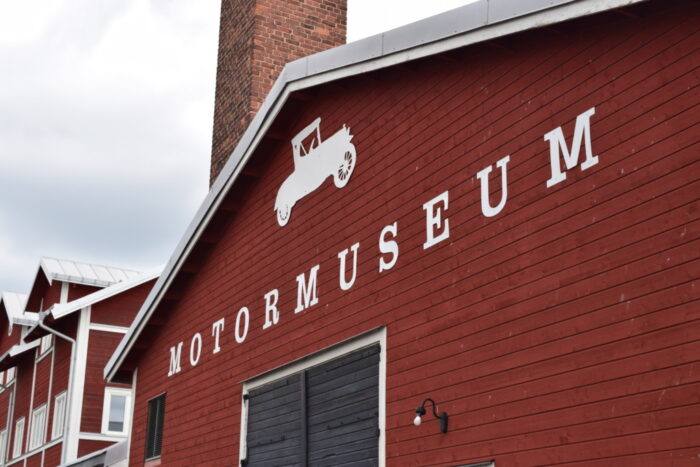
Going to Motala?
Do you want to travel to Motala? Here are a few means of going there:
Car: Road 34 connects the town with Linköping in the east and road 50 connects it with Askersund in the north and Mjölby in the south.
Bus: Local buses go between the towns and localities in the region.
Train: Regional trains connect the town with Mjölby, Linköping and Norrköping.
Flights: The closest airports are the ones in Linköping and Norrköping.
The driving distance to Motala from 5 major Swedish cities, according to Google Maps:
- Stockholm – 244 kilometers (2 h 24 min)
- Gothenburg – 266 kilometers (2 h 33 min)
- Malmö – 408 kilometers (3 h 44 min)
- Luleå – 1062 kilometers (10 h 54 min)
- Linköping – 48 kilometers (42 min)
Explore More of Östergötland and Sweden
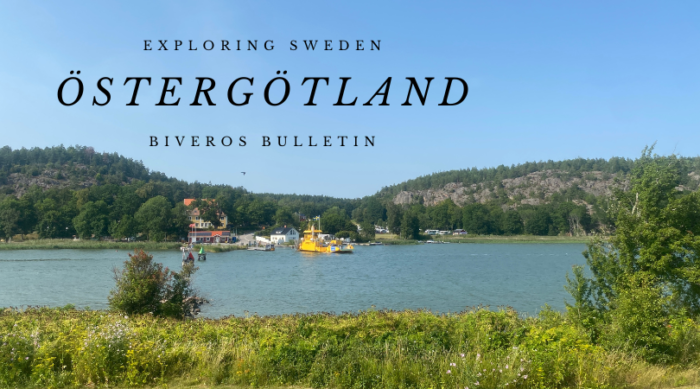
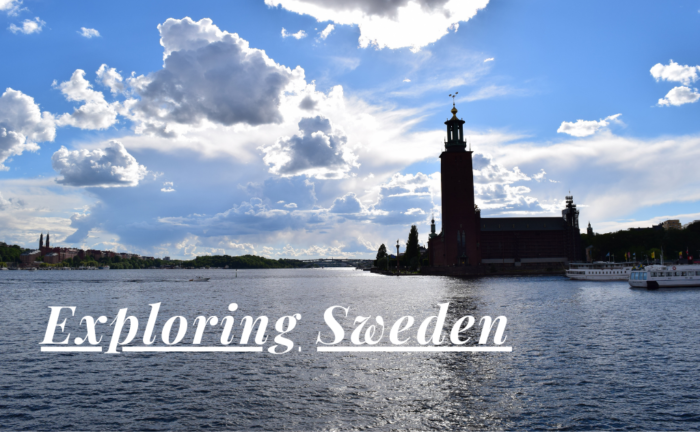

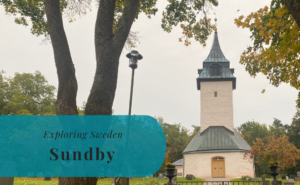




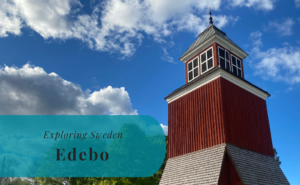
People have lived in or near Motala for over 8,000 yr. Archeological work in the area has yielded good info. New film about the excavations at Motala ström in Sweden: “This place has never been empty…”
The Swedish National Heritage Board and BringitoLife are producing a documentary about the archaeological excavations at Motala ström.